Alligators and swamp buggies: How a roadside attraction in Orlando staved off extinction
ORLANDO – On a scorching summer afternoon, Michael Hoffman tightened his son’s grip on a makeshift fishing pole suspended over dozens of chomping alligators.
“Woah, hold on buddy,” Hoffman, an antique dealer, told his delighted 4-year-old as a baby alligator clamped down on the string.
It was the first time Hoffman shared with his son a tradition his father started with him decades earlier on their annual trips from Maryland to the Florida Keys: A one-day stop at Gatorland.
“We love coming here,” said Hoffman as his wife, Cheryl, helped their 10-year-old daughter drop chucks of fish to the reptiles. “Where else can you feed a gator, get this close and not be arrested?”
The theme park, which describes itself as the “Gator Capital of the World,” is an endangered species of sorts. The first major tourist attraction in central Florida, Gatorland has managed to withstand an unrelenting cascade of upheavals to the state's tourism industry that has sunk the vast majority of its peers.
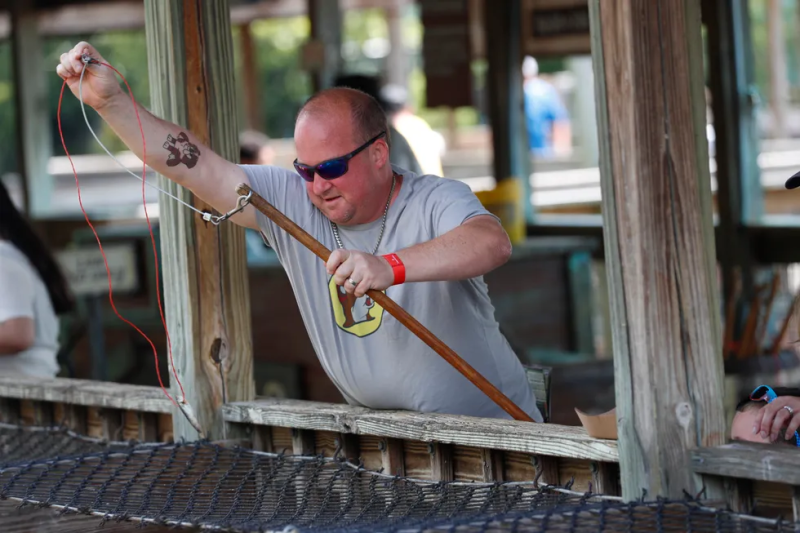
Started in the late 1940s, the family-run park was established years before the creation of high-speed interstates and decades before Walt Disney World catapulted Orlando’s status as a global tourism hotspot.
Even some of the most formidable of the state’s roadside attractions closed as the large theme parks, aided by interstates and increasingly accessible airline travel, killed their business. Yet, as Gatorland commemorates its 75th anniversary, it’s also celebrating record attendance.
Its formula? Instead of trying to compete directly with the major parks, Gatorland sells what Disney, Universal Studios and SeaWorld don't: A vision of “old Florida," a concept that, while condensed and exaggerated at Gatorland, is striking a chord with a public increasingly fascinated with the state.
“People love Florida – the idea of it – and when they come here they want to see gators,” said Mark McHugh, Gatorland's president and CEO, straightening his white cowboy hat as he overlooked the lagoon at the center of the park. “This is alligator paradise.”
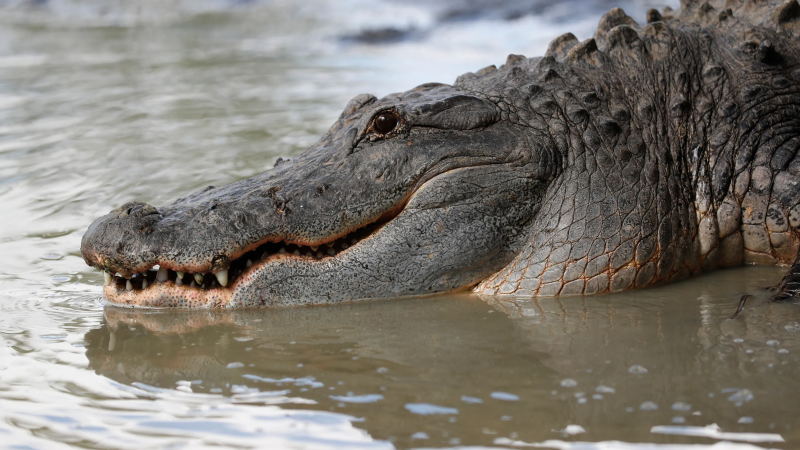
Zip lines, mud ponds, reptiles galore
In late June, Beth Peterson and her daughter Lily left their luggage at Orlando International Airport and caught an Uber to Gatorland to make their 2 p.m. appointment on the “Screamin’ Gator Zip Line.”
Suspended 65 feet in the air, the mother and daughter were among a group of 20 people who soared across a quarter mile of the park, including directly over alligator pits. “It was scary,” said 11-year-old Lily, who had earlier posed for a photo with a baby gator.
“But you're an alligator expert now,” her mother, Beth, interjected.
A short while later, a dozen people buckled themselves into a monster-style buggy that raced over steep hills and muddy gravel paths in the park's backwoods. Arnold Hudson and Asha Crumlin screamed as the driver took a sharp corner and the tour guide, clad in a backwards baseball cap and camouflage T-shirt, made several colorful pronouncements.
“Y’all know Disney magic? Well, we have redneck magic!”
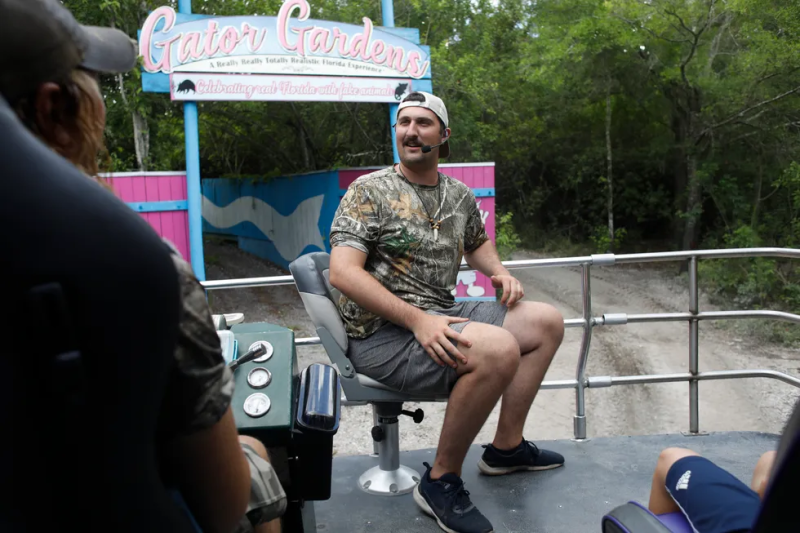
The couple had flown to Orlando for the week from Washington D.C. to visit family and go to Disney World. Hudson, who had spent an afternoon at Gatorland over a decade ago, wanted his girlfriend to experience “the real Florida” during her first trip to the Sunshine State.
“Everybody has to come to Gatorland when they’re in Florida, it’s just what you do,” he said. Later on in the day, the couple straddled a 10-foot alligator and had their picture taken.
The park isn't only frequented by tourists siphoned off Disney property. Rosanne and Luigi Racanelli have been spending afternoons at Gatorland since they moved to Orlando from Queens, New York, in 1988.
The couple came most often in the 1990s and 2000s, often taking their three children to the park on long weekends and during school breaks. And as they watched their children grow and parents age, they also witnessed Gatorland's vast transformation from kitsch attraction to expansive theme park.
“I have photo albums of my father-in-law sitting on a gator here,” Rosanne Racanelli said. “This place is a big part of our lives.”
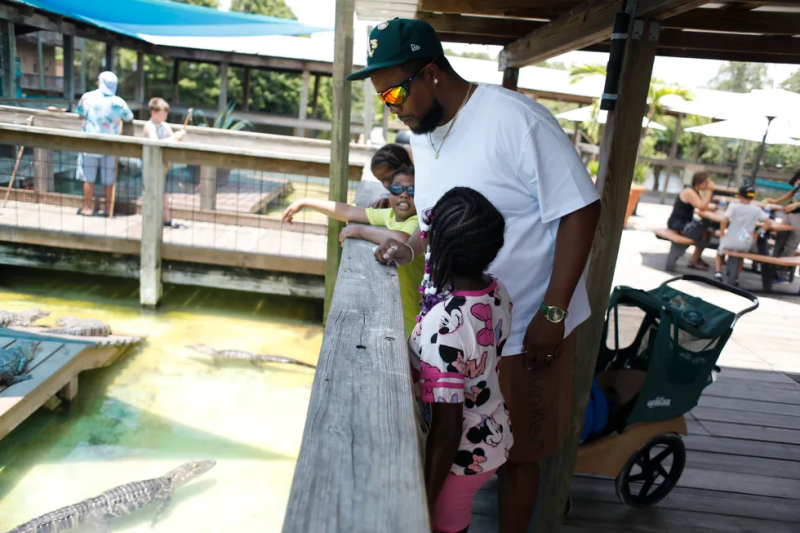
A pit and an alligator
Owen Godwin, a former butcher, restaurant owner and postmaster, founded the roadside attraction that would eventually become Gatorland in 1949, a time of post-war abundance when middle-class families from the north were packing into station wagons and flocking to the Sunshine State to escape frigid winters.
Like hundreds of other boisterous Floridians, Godwin saw an opportunity to extoll his state’s exotic wonders to the newcomers.
“It was a really easy time to get into the attraction business,” said James Clark, a history professor at the University of Central Florida, who’s written extensively on Florida tourism. “All you needed was a roadside building, some cold drinks and an alligator in a cage in the back and a sign out front – and you were in the tourism business.”
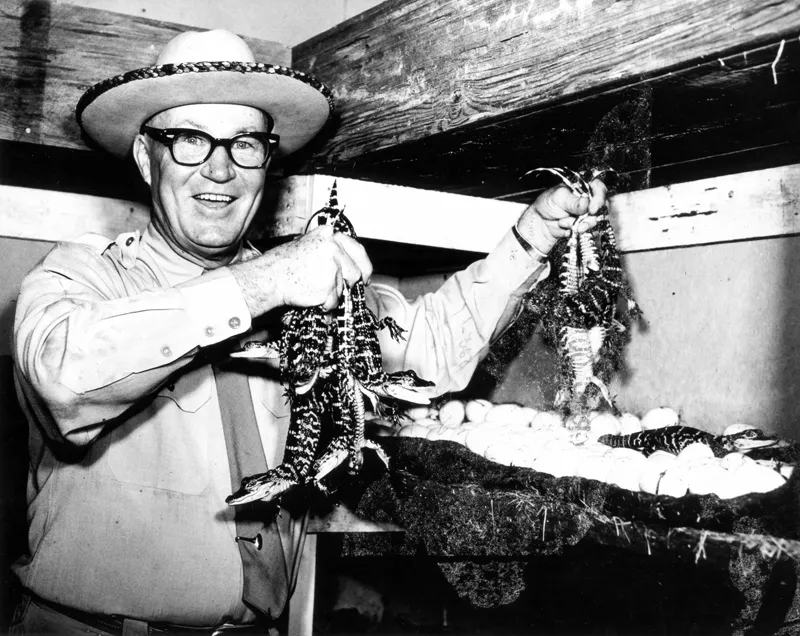
Godwin did just that. With the help of his young family and a group of Seminole tribe members, the park was constructed on 15 acres of sunken land at the edge of Kissimmee and Orlando, which at the time was dotted with vast orange groves.
While attendance was steady in the winter, summertime brought droughts in business that forced Godwin to hit the road and search out the tourists where they lived.
In a trailer with a bathtub, a fan and a heating pad, Godwin brought a 12-foot alligator, “Cannibal Jake,” as far north as the New Jersey boardwalk and showcased the exotic reptile to amazed northerners – a hustle that, along with the winnings from his backroom gambling, kept his business afloat.
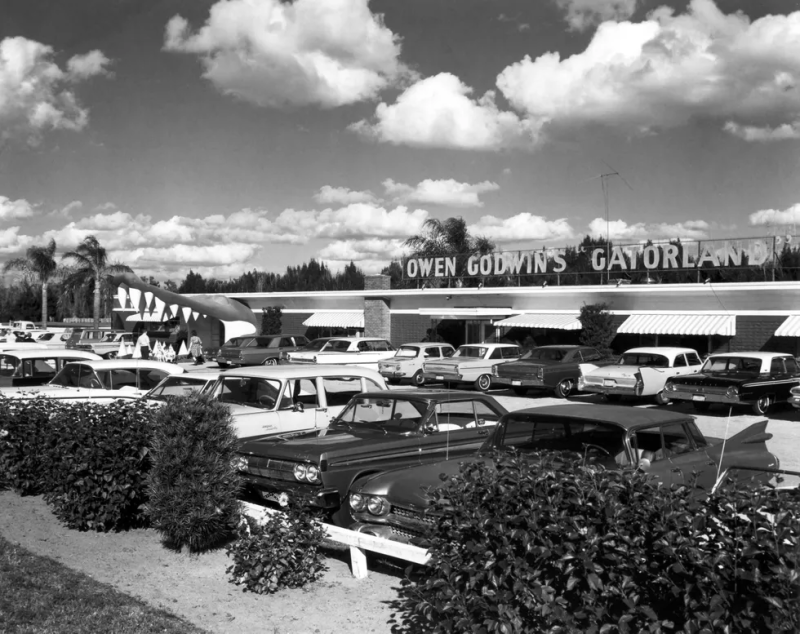
Killer combination: Interstates and Mickey Mouse
The park grew over the next 20 years and Godwin became a mythical figure around Orlando and Kissimmee, carefully crafting an image of a journeyman wearing a fedora, a leopard vest and, always, a pair of tall boots, according to the Florida Historical Quarterly.
But its time of prosperity came to a sudden halt with the arrival of two major construction projects that would produce sweeping changes with impacts far beyond Orlando and the state of Florida.
First came the construction of interstate highways in the late 1950s and 1960s, which slashed the traffic relied on by attractions like Gatorland. At the time, roadside attractions only needed a colorful sign or a makeshift sculpture to draw in passing tourists. (In Gatorland’s case, it was a 15-foot, blue and pink alligator jaw that met patrons at the park entrance.)
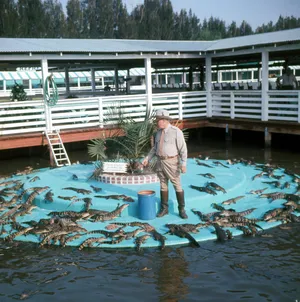
Then, on Oct. 1, 1971, came the big bang: Disney World opened its doors to the public, completely upending the state's tourism industry. Now tourists were braving Florida's summer heat to see the Magic Kingdom, Cinderella's castle and Mickey Mouse. And as the mega-park expanded its offerings and developed its cocoon with hotels and on-site restaurants, hundreds of attractions across the state shuttered.
“Disney was simply the killer,” Clark said.
In the wake of Disney World – which was soon followed by SeaWorld and later Universal Orlando Resort – more than 80% of the state’s roadside attractions both large and small closed, according to Steve Noll, a history professor at the University of Florida.
Gatorland, then in the hands of Owen Godwin’s son, Frank Godwin, started advertising itself as a cheap alternative while building up its amenities, including an 800-seat stadium built for the park’s flagship gator wrestling show. While the younger Godwin's effort staved off a complete closure, by the mid-1990s Gatorland was limping toward its seeming demise.
Gatorland joins the 21st century
McHugh, the current CEO and president of Gatorland, first knew the park as a tourist and then came to know it through his wife, Diane, the daughter of Frank Godwin. The couple met in 1985 while working as animal trainers at SeaWorld and soon married. A decade later, McHugh would take the reins from his father-in-law and oversee the park's largest expansion as well as a major shift in its operations.
In an effort to excite thrill-seeking teenagers and twenty-somethings, McHugh ordered the construction of a nationally ranked zip-line in 2011 as well as a swamp buggy ride, which takes people off-roading through the park’s dense acreage of backwoods and mud ponds.
The new rides were part of a larger effort to “keep up with the times,” McHugh said. For example, he reworked the park's famous gator wrestling show to focus more on education – with the presenter listing facts about the reptile as well as tips on how to avoid a troubling encounter – and less on wrangling.
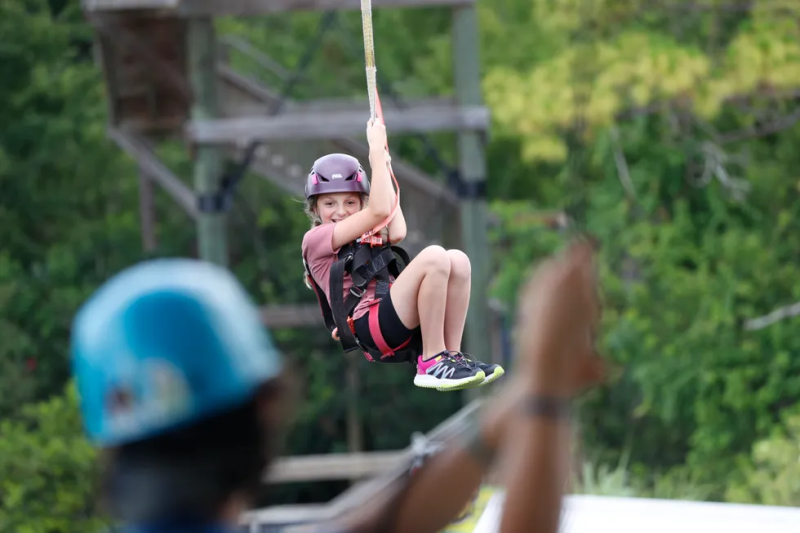
"We needed to change," McHugh said, adding that people’s tastes had evolved – a notion experts agreed with.
“What people are willing to see as entertainment, as opposed to cruelty, or as passé, that has changed,” said Florida State University history professor Andrew Frank, citing as an example the demise of many traditional circuses, in part due to reports of animal cruelty and increased consideration for the animals on display.
Alligator farming to conservation
One of Gatorland’s largest shifts came in the first years of McHugh’s tenure, and occurred out of the sight of park-goers.
Through the 1980s and ‘90s, under the leadership of Frank Godwin, Gatorland began farming alligators to make up for a yearslong dip in sales. The American alligator had been removed from the endangered species list and alligator farms were cropping up across the state. Not only was the alligator farming not profitable, it became the center of an identity crisis for the park.
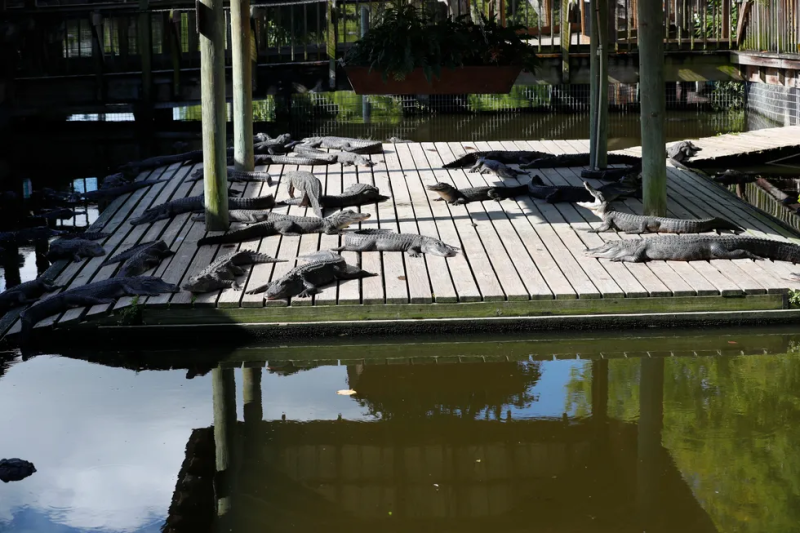
On one side of the Gatorland property, families took photos with the reptiles, fed them chicken and watched as they relaxed under the hot sun. On the other side of the park, alligators were slaughtered for their meat and hide, which was then sold and made into shoes, handbags, watchbands.
“We came to split in the road,” McHugh said. “We were becoming more of a conservation oriented facility on this end, and, on the other, we were raising alligators for meat and hides. So we said we need to be one or the other.”
The Gatorland board and McHugh divested from the farm in 1998. While the park still raises alligators from a young age, it no longer harvests them for meat and hides, McHugh said. “We still sell alligator nuggets – it’s the No. 1 food item request,” he added. “We get it from major food distributors, not from the gators we breed."
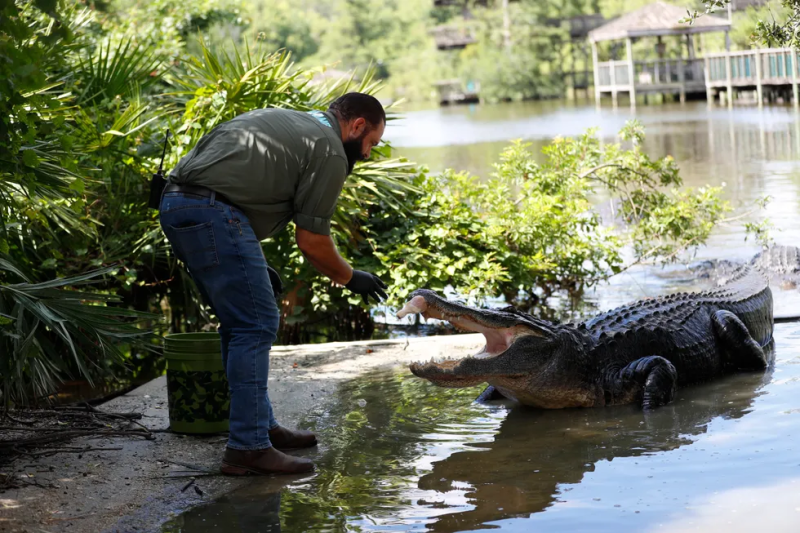
With alligator farming behind him, McHugh oversaw several conservation projects, including the construction of a 10-acre breeding marsh. In 2018, he started Gatorland Global, a program in which the park takes in alligators that would otherwise be euthanized. Many of these alligators are considered "nuisances," a term designated for reptiles that have had close encounters with people at apartment complexes and golf courses, among other places.
The first “nuisance alligator” the park received was Chester, who had “eaten at least two dogs” at a pond in Tampa in the early 2000s, McHugh said. More recently, the park took in Larry, a 12-foot alligator that spooked residents at the Villages retirement community, and Jawlene, who's name – a play on Dolly Parton's "Jolene" – references her missing upper jaw.
All told, Gatorland is currently home to more than 2,500 American alligators and crocodiles, according to Brandon Fisher, the park's resident "Gator expert."
"We go through about 200,000 pounds of meat every year," he said.
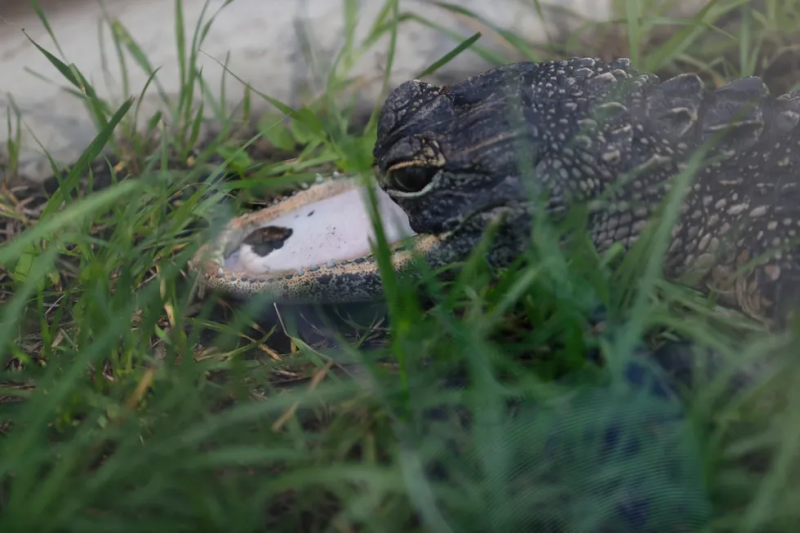
Record attendance spells bright future
The shift into conservation not only seems to further McHugh's vision for true alligator paradise, it's coincided with a significant boost in attendance. On Dec. 29, at the height of its busy season, Gatorland had 5,000 visitors – its largest single-day attendance count on record.
McHugh credits the rise in ticket sales, in part, on a long-term deal for Florida residents ($9.99 per adult), a rise in the state's population and a heavy push on social media, including Gatorland's daily "School of Croc" Facebook Live show, which drew in thousands of viewers to watch employees showcase the park's animals while its doors were closed during the first months of the COVID-19 pandemic.
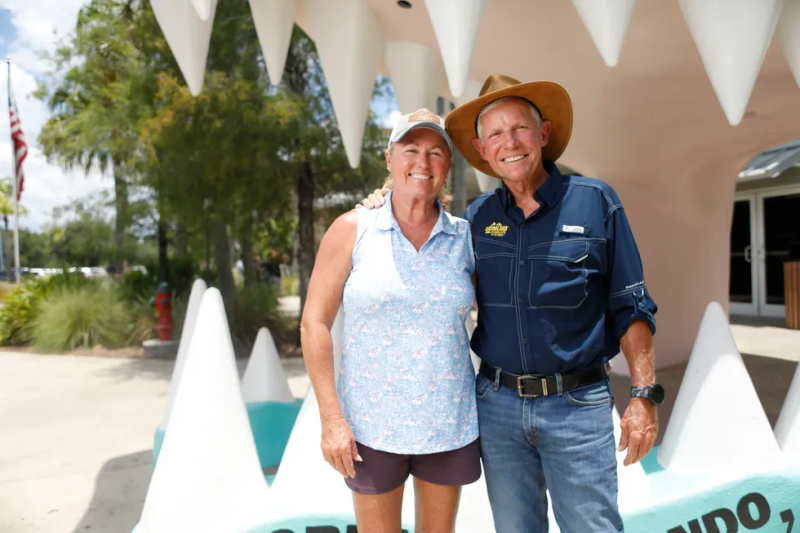
There now remains only one scenario in which McHugh sees Orlando's first tourist attraction shutting its doors: A buyout.
As Florida’s population continues to surge and Orlando remains one of America’s fastest growing cities, Gatorland’s 105-acre property – a short drive from Orlando's tourist district and downtown – may become more valuable than the park itself.
"The land could already be worth more,” McHugh said. “But unless the board decides that, Gatorland is here to stay."
In the meantime, longtime parkgoers and first timers alike will continue to seek out close encounters with the notorious reptile at what many see as one of the last remaining bastions of a forgotten Florida.
"This is about as Florida as it gets," said Megan Zapata, just before she and her two sons, 11 and 13, zip-lined over an alligator pit.
Contact Christopher Cann at ccann@usatoday.com
Disclaimer: The copyright of this article belongs to the original author. Reposting this article is solely for the purpose of information dissemination and does not constitute any investment advice. If there is any infringement, please contact us immediately. We will make corrections or deletions as necessary. Thank you.

